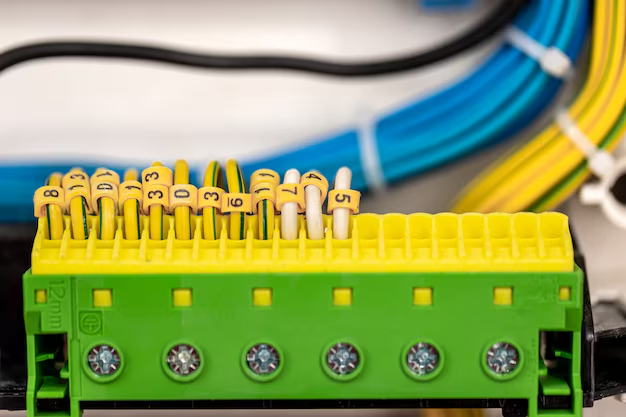Printed Circuit Boards (PCBs) are at the core of modern electronic devices, enabling the connection and communication between various components that power everything from consumer electronics to industrial machines. One essential component in ensuring reliable electrical connections is the PCB spring contact. These contacts are crucial for ensuring robust and secure connections between the PCB and external devices or other PCBs. In this article, we will delve into the technical aspects of PCB spring contacts, their role in modern electronics, and how they fit into the broader context of PCB manufacturing and assembly.
What is a PCB Spring Contact?
A PCB spring contact is an electrical contact used in various electronic devices to establish a reliable connection between the printed circuit board (PCB) and external components, modules, or devices. Unlike traditional soldered connections, spring contacts offer mechanical spring action that ensures a consistent connection even under stress or vibrations.
They are commonly used in:
High-precision electronics
Automotive systems
Telecommunications
Robotics
Types of PCB Spring Contacts
Compressive Spring Contacts
These are designed to compress under pressure, creating a strong, reliable connection with minimal signal interference.
Cantilever Spring Contacts
Feature a fixed end and a flexible end, ideal for space-constrained environments.
Push-In Spring Contacts
Best suited for frequent insertions/removals without degrading connection quality.
Flat Spring Contacts
Flat, flexible metal contacts ideal for low-profile, compact applications.
Role of PCB Spring Contacts in Electronic Systems
Ensuring Reliable Connections in Consumer Electronics
Used in smartphones, tablets, and wearables where vibrations and thermal cycling occur.
High-Reliability Applications in Automotive and Aerospace
Ideal for critical systems such as ADAS, engine control modules, and flight systems due to their ability to withstand harsh conditions.
Precision Testing in Robotics and Industrial Equipment
Useful in robotic arms, testing fixtures, and automated systems where precision and frequent movement are essential.
Telecommunications and High-Frequency PCB Applications
Ensure signal integrity in high-frequency applications by minimizing EMI and signal loss.
Advanced PCB Solutions
Rigid-Flex PCBs
Combine rigid and flexible layers, perfect for compact, high-performance applications like medical devices and wearables. Spring contacts ensure reliability during bending or flexing.
High-Frequency PCBs
Used in RF circuits and telecom systems. Spring contacts maintain low-resistance, interference-free connections.
Benefits of Using PCB Spring Contacts
Enhanced Durability – Withstand stress, vibration, and temperature fluctuations.
Improved Reliability – Maintain consistent electrical connections over time.
Flexibility in Design – Fit a variety of applications and form factors.
Reduced Maintenance Costs – Less prone to degradation, leading to lower upkeep.
Read Also:Why Internet Television Protocol (IPTV) Is Capturing the World: The Rise of IPTV and How
Conclusion
As electronics become more compact and complex, PCB spring contacts are increasingly vital for ensuring dependable and durable electrical connections. Their use in diverse industries such as consumer tech, automotive, aerospace, and telecommunications underlines their versatility and importance.
For manufacturers like Global Well PCBA, integrating spring contacts into Rigid-Flex and High-Frequency PCBs offers a path toward delivering high-performance, low-maintenance solutions that meet the demands of modern electronic systems.

